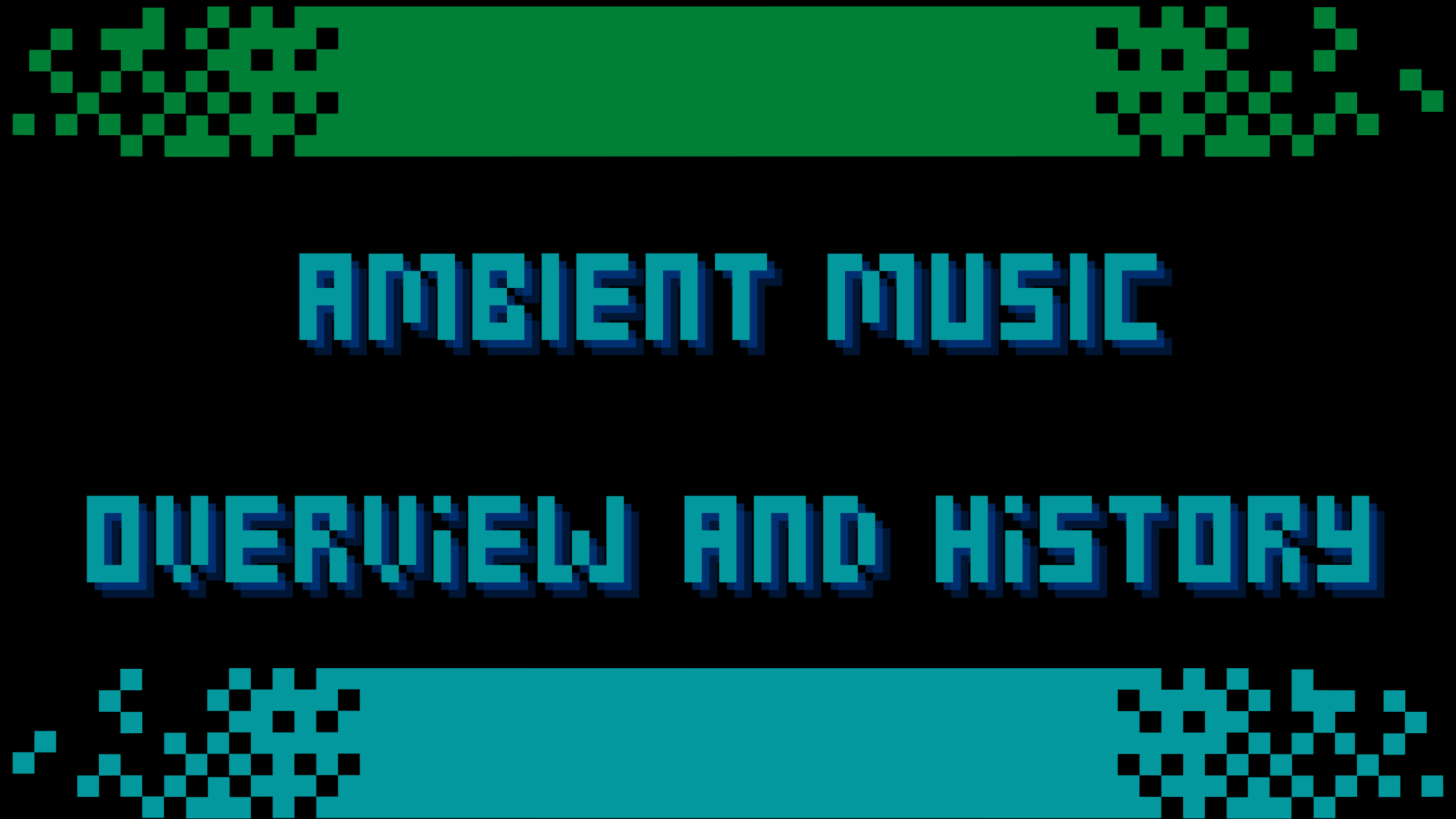Ambient music is an instrumental sound that accentuates tone, texture, atmosphere, and mood. However, it doesn’t contain steady rhythms or formal melodies common in most popular music. Instead, it crafts the ambiance through aural texture waves.
Most ambient albums can also be classified as electronic music as their soundscapes are created through synthesizer pads. Ambient singers normally argument synthesizers with acoustic devices and ambient sound from nature. The quality of ambient music normally overlaps with drone rock, minimalism, and even new-age music.
Well, to better understand what ambient music is, let’s dig deeper into how ambient music started and the subgenres associated with the music.
Ambient Music History
Ambient music became popular in the twentieth century during the era of electronic synthesizers. However, its origin traces decades ago, even before the first synths.
- Furniture music: Ambient flows even in traditional furniture music (musique d’ameublement), a French classical genre composed and pioneered by Erik Satie in 1917. Erik Satie intentionally created a five-piece series that he considered background music. However, his compositions were not played for years after his passing until John Cage, an Avant-garde composer, revived them in the mid-twentieth century. At this time, Cage had been exploring musical timbres and minimalism.
- Growth of classical music embracement: Within the mid-twentieth century, most composers started experimenting with classical music with the avant-garde. Some composers from the era, especially the minimalists, embraced the ambiance concepts through sustained sounds and tap loops. One of the most deemed classical minimalists, La Monte Young, together with Harold Budd, John Cage, and Gavin Bryars, helped by heavily contributing to the experiments.
- The emergence of synthesizers: In the 1970s, the rise of analog synthesizers saw the device available in rental markets. The innovation empowered ambient artists who were not associated with classical music.
- Brian Eno: English producer and musician Brian Eno played an important role in amplifying ambient music to higher heights. Famous for his Roxy Music work and his collaboration with David Bowie in the late-seventies, Eno created different ambient series through the Polydor record label. This included Ambient 1: Music for Airports and the famous Ambient 4: On land.
- Merge with electronica: Adding up to ambient music, the innovation of synthesizers gave rise to the EDM genre. In the 1980s, Edm’s propulsive sound and rhythms with some texture of ambient music formed a subgenre that most critics dumped as ambient techno or ambient house. Some ambient albums that feature this style include Autechre’s Incunabula and KLF’s Chill Out, among others.
- Indie ambient: With ambient music becoming more mainstream, it captured many people’s attention, leading to a multitude of indie and alternative ambient musicians. Many of which have come to embrace the unique drone sound of the 1960s ambient music while forgoing ambient house synths. From the 1990s and 2000s, artists such as Labradford and William Basinski managed to bring ambient music to an iconoclastic audience.
Ambient Music Characteristics
Ambient music poses different features that distinguish this genre from the other music genres. This includes:
- Ambient music emphasizes on texture and atmosphere: This genre seeks to create a unique atmosphere above everything else. This is witnessed from the new age Brian Eno ambient adjacent to psychedelic sounds of the ambient dub music.
- Steady timbre exploration: Ambient music thrives in notes and chords for the longest time. Artists can create different variations through shifting timbre sounds. This can be done by introducing new devices or applying filters to electrical sounds.
- Nominal harmonic progressions: Unlike pop, classical, and jazz music, ambient music doesn’t circle through chords. It luxuriates and thrives on simple and unique chords, including single notes, in building an overall atmosphere.
- De-emphasized melodies: Ambient music is popularly known for its soundscapes and moods rather than melodies- a reason why it’s different from Muzak, a smooth-sounding version of melody-driven songs.
- Features improvisation space: Live ambient genre provides improvisation aspects to DJs and producers experimenting with sonic textures. However, the improvisations are limited as most ambient music does not have a distinct melody or a consistent chord change.
4 Ambient Music Subgenres
Modern ambient music has led to the development of many distinct genres, many of which have variations of ambient electronica. Below are four of the main ambient music subgenres.
- Ambient techno: This refers to a more melodic active ambient music genre. Some of the popular names when it comes to ambient EDM include Aphex Twin and Autechre. These two are considered ambient techno.
- Ambient house: Ambient house genre is referred to as the close cousin of the acid house and classic Chicago house music characterized by analog synthesizers and four-on-the-floor bass drum sound. The ambient component in this genre involves a layered sonic texture without the tonal center.
- Dark ambient: with dark ambient, artists have the chance to craft an atmosphere that can evoke dread and fear. The music borders on avant-garde noise and industrial music.
- Ambient dub: this genre was inspired by the Jamaican dub tradition sound. It offers an edgy and psychedelic take on ambient sounds. It’s also highly connected with the 1990s English record labels like Beyond Records and the 90s acts like Higher Intelligence Agency.
Ambient music has, over the years, thrived, with many people enjoying claiming that the sound is effective enough to put a listener’s sense to rest. Many have also claimed that the music has helped lower heart rate and blood pressure. This is attributed to ambient music being specifically written to relax the mind as you try to concentrate or read.
Ambient sound also plays an important role in film and video work. It serves a number of functions like providing better audio continuity between the shots, establishing and reinforcing a better mood, and preventing unnatural silences when other sounds are off. This is also a factor that has greatly contributed to this music genre’s awareness over the years.
CONCLUSION
Well, it’s clear that ambient music can be traced way back. However, it continues to thrive even in the current century, with lots of producers and musicians wishing to have a touch of this magical music genre.


